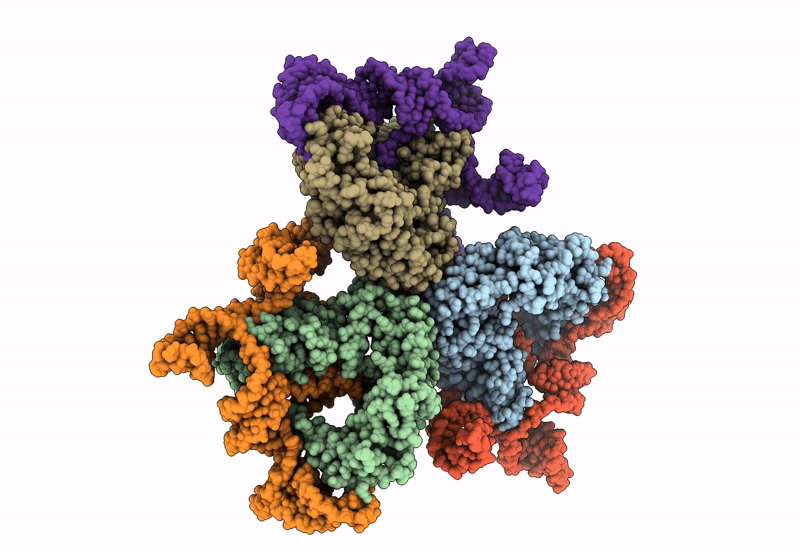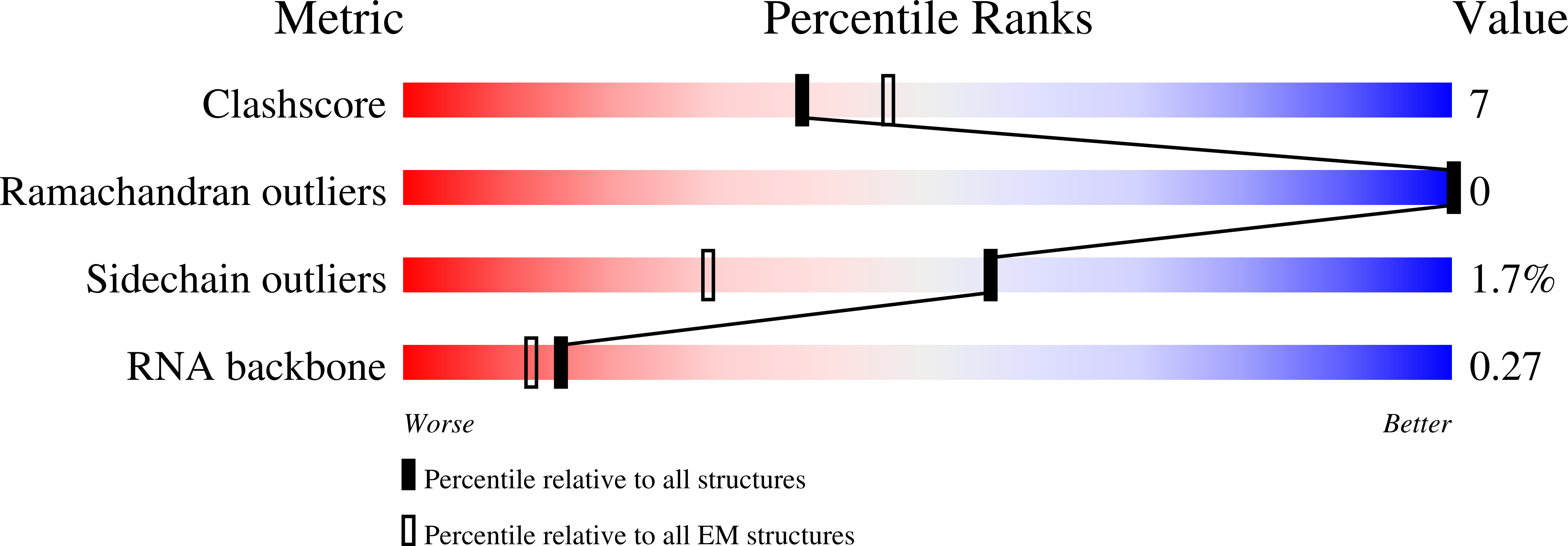
Deposition Date
2025-03-03
Release Date
2025-05-14
Last Version Date
2025-08-13
Entry Detail
PDB ID:
9NLX
Keywords:
Title:
Cryo-EM structure of the trimeric SenDRT9 RT-ncRNA complex (GST fusion)
Biological Source:
Source Organism:
Salmonella enterica (Taxon ID: 28901)
Host Organism:
Method Details:
Experimental Method:
Resolution:
3.20 Å
Aggregation State:
PARTICLE
Reconstruction Method:
SINGLE PARTICLE


